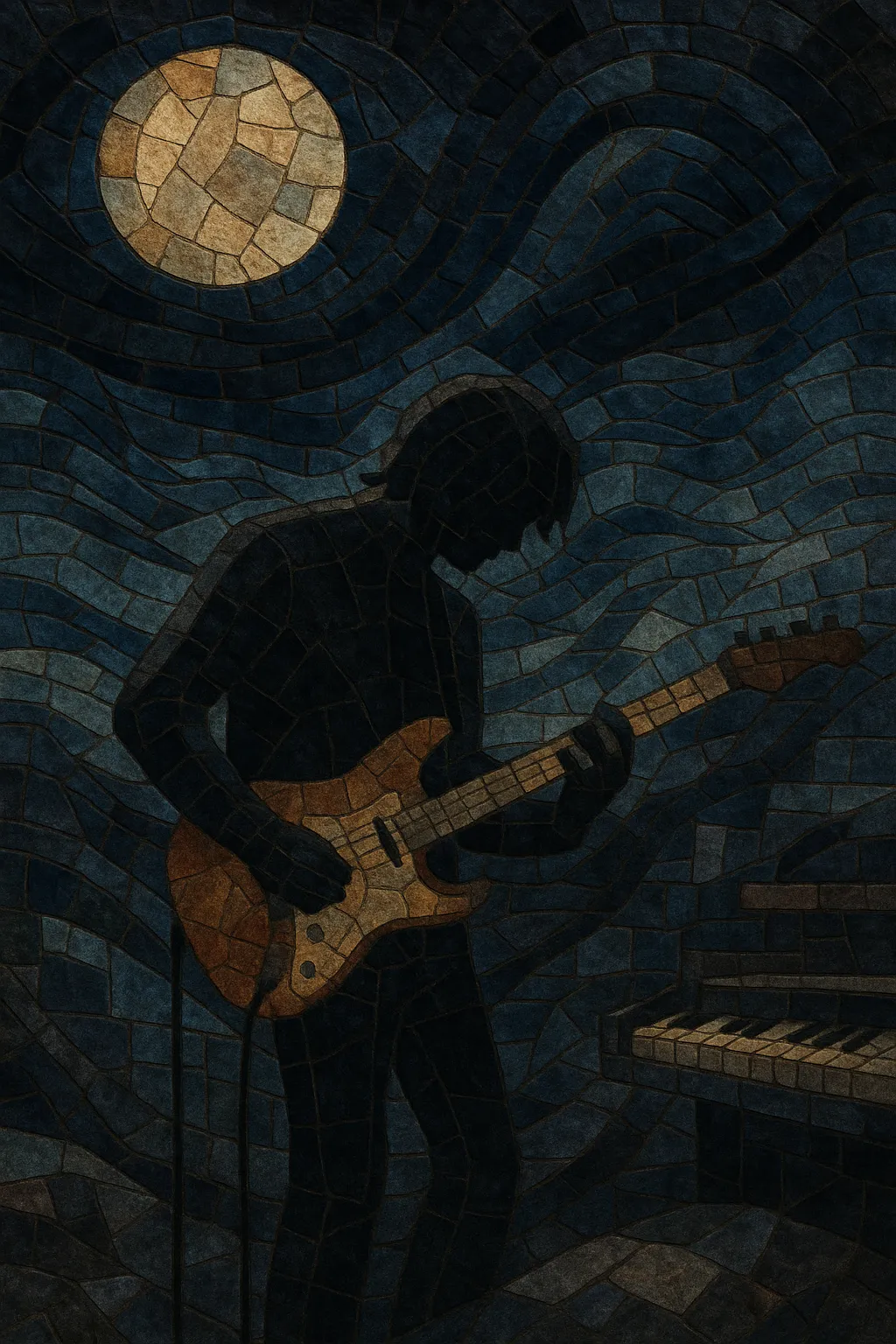
Post-rock is a style that uses traditional rock instrumentation—guitars, bass, drums, and often piano or strings—to create expansive textures, evolving soundscapes, and dynamic arcs rather than conventional verse–chorus songs.
It emphasizes timbre, atmosphere, and gradual development: clean or lightly overdriven guitars drenched in delay and reverb, cyclical ostinatos, layered crescendos, and pronounced quiet–loud dynamics. Vocals, if present, are often sparse, wordless, or treated as another textural layer.
The genre draws heavily from ambient, minimalism, krautrock, progressive and space rock, shoegaze, noise rock, and experimental practices, yielding music that can feel cinematic, contemplative, and emotionally cathartic.
The foundations of post-rock emerged at the turn of the 1990s, primarily in the United Kingdom. Bands like Talk Talk (with their late-period albums) and Bark Psychosis shifted rock instrumentation toward spacious, textural, and minimalist ends. In 1994, music journalist Simon Reynolds popularized the term “post-rock” to describe this approach—rock instruments used for non-rock purposes, prioritizing texture and process over riffs and choruses. Slint’s Spiderland (1991) also proved formative, foreshadowing the genre’s tense quiet–loud dynamics and long-form structures.
The sound quickly diversified. Chicago’s scene (centered on Thrill Jockey/Drag City) with Tortoise and related projects infused dub, jazz, and minimalism, often with a precise, chamber-like feel. In the UK and Scotland, Mogwai distilled the quiet–loud arc into thunderous crescendos, while the Montreal collective orbiting Constellation Records—Godspeed You! Black Emperor and collaborators—pushed toward orchestral scale, political subtext, and tape/field-recording collage.
By the 2000s, the sound had spread globally: Sigur Rós’s glacial, vocalese-infused anthems from Iceland; Explosions in the Sky, Mono, and Do Make Say Think expanded the idiom with pristine tones, layered guitars, strings, and episodic forms. Post-rock became a staple in film and TV scoring, its spacious builds and emotional payoffs fitting contemporary drama and documentary.
Later years saw hybrids with electronics (glitch, indietronica), modern classical strings, and heavier variants intersecting with post-metal. While the “crescendo-core” stereotype persisted, many artists continued to innovate—experimenting with alternate tunings, polyrhythms, extended techniques (e-bow, bowed guitar), and modular textures. The genre remains influential across instrumental rock, contemporary classical crossover, and soundtrack aesthetics.

